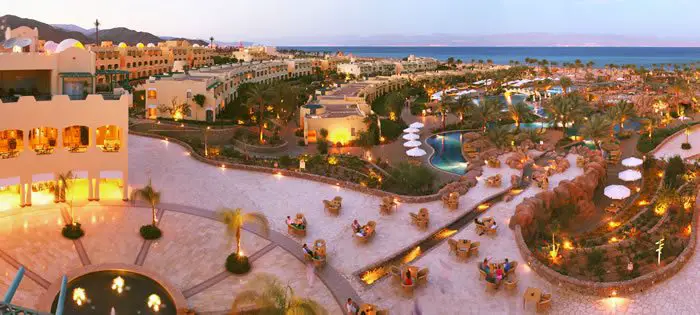Arabian Group for Development & Urban Progress, Egypt’s real estate firm, is planning to invest in a 1million square metre project in Sinai, Egypt. The mega tourism project will include a hotel and 2,000 touristic and residential units. This is according to Tarek Shoukry, the group’s chairman.
Shoukry confirmed that 80% of the project’s plans and approvals have been finalized adding that the company believes that Egypt’s real estate market is heading to a notable increase in demand on property units. He noted that during the past five or six months, consumers have become more assured about the market. Shoukry said work on the tourism project will begin in mid 2015, by which time the company expects Egypt’s political situation to have improved.
Shoukry is upbeat that the market is significantly stabilising and improving, a trend he expects to continue for the coming year. He pointed out that from now to 2016, the real estate market will witness two and a half years of growth.
Real estate investment and advisory firm Jones Lang LaSalle published a report in early April where it predicted that Egypt’s real estate market would remain subdued but gradually recover in late 2014 and 2015. The report added that the signs of economic recovery in Egypt have positively influenced the real estate market.
During the recently concluded real estate exhibition, Cityscape Egypt 2014, Executive Director of real estate brokerage firm Coldwell Banker, Khalid Bahig said that the prices of property units will increase by 15% in 2014. However, Shoukry noted that prices of land, construction materials and working labour have increased, which will consequently increase the price of the property units by around 25%.
In January, the Egyptian Natural Gas Holding Company (EGAS) cut the supply to cement factories by 50%, which resulted in a notable decrease in the factories’ production. The cabinet said on 10 March that the cut in production led to a wave of spiked prices. The interim government recently approved the use of coal as an energy source to help resolve the energy challenges that production facilities met.
Shoukry said that during 2011, the market demand slowed down by 50 or 60%, while in 2012, the market witnessed some improvements, fluctuating between 10% to 20% increases and decreases. Shoukry indicated that investors, who were hesitant during the past three years, are now more willing to make purchasing decisions.
In early May, Egypt’s Tourism Development Authority (TDA) approved the allocation of land in Ain Al-Sokhna and Ras Sudr for five touristic projects. The volume of investment in these projects will be around EGP 3bn. Among other projects that were opened for bids, was the project to build a global wellness centre that will include hotels, restaurants, and apartments over 215,000 square meters of land. Other projects include the construction of a marina that links the South Abo El Darag area to Ain El-Sokhna, as well as another one that links Nakhella and Ras Sudr.
Tourism is one of the most important sectors in Egypt’s economy. More than 12.8 million tourists visited Egypt in 2008, providing revenues of nearly US$11bn. The sector employs about 12% of Egypt’s workforce. In 2000, there are about 5.5 million foreign tourist arrivals in Egypt. In 2010, the number rose to about 14 million.

